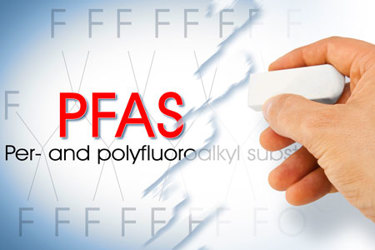Four Tips For A Successful PFAS Removal Pilot Study

In the wake of the US EPA’s announcement of proposed federal regulations for per- and polyfluorinated substances (PFAS), water treatment plants (WTPs) of every size nationwide are looking to implement PFAS removal systems. The best way to determine the right technology to use at a specific WTP is to conduct a pilot study with one or more PFAS removal technologies, such as granular activated carbon (GAC), ion exchange (IX), or reverse osmosis (RO).
With the difference between the method report limit (MRL) and proposed maximum contaminant level (MCL) for some PFAS types being 2 parts per trillion (ppt), water utilities need as comprehensive a data set as possible before investing in a new technology. Pilot studies will provide the pathway to obtaining this comprehensive data set. By following the key steps outlined in this article, it is possible to conduct a successful pilot study that will help WTPs remain below their target MCLs and comply with final regulations in a cost-effective manner.
Get unlimited access to:
Enter your credentials below to log in. Not yet a member of Water Online? Subscribe today.
